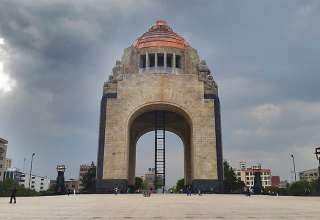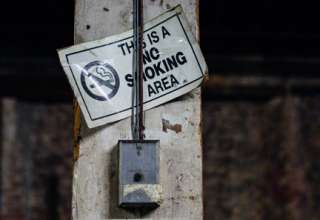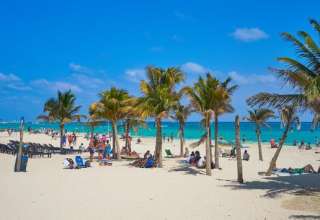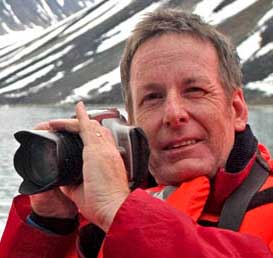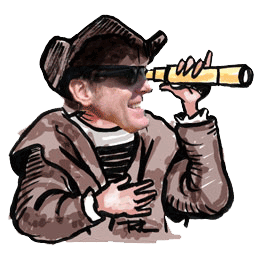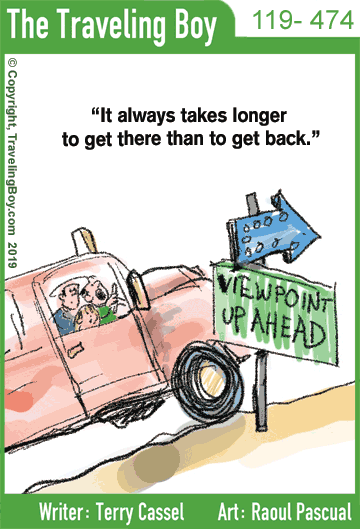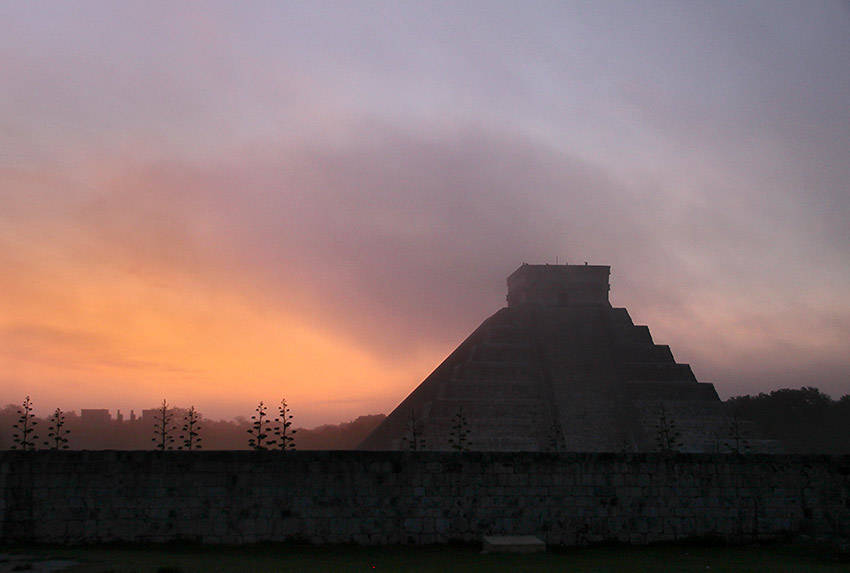
People watch in awe as the morning sun first breaks over the ruins of Chichen Itza, a Maya city considered one of the new seven wonders of the world. A shaman conducts a purification ritual in the small contemporary Maya town of Nolo, while a farmer cuts branches off an agave plant which will be stripped and made into rope (sisal) at the Hacienda of Sotuta de Peon. This is the Yucatán Peninsula of S.E. Mexico. It is an enchanting land of breathtaking beauty and allurement, tropical green jungles and sublime beaches, ancient Maya ruins and magnificent Spanish colonial cities, and humble and hospitable people.
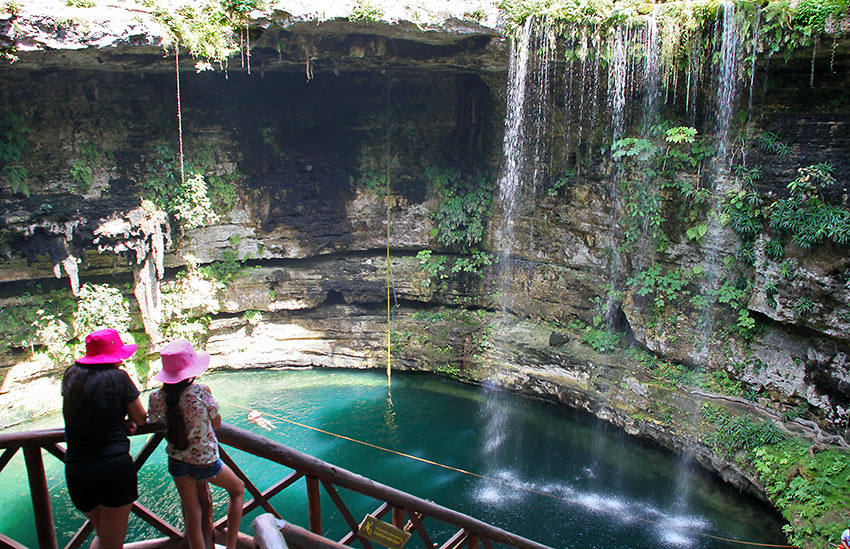
An Overview of the Maya
The Maya are considered the most advanced of all the classical civilizations of Mesoamerica. Originating in the Yucatán in 2600 B.C., they rose to prominence around 250 A.D. in present-day southern Mexico, Guatemala, western Honduras, El Salvador, and northern Belize. Their mythology tells us that they emerged from an underground network of limestone caverns, made by fresh water that still nourishes the Yucatán today. Sacred sinkholes (cenote) constituted both life and death to the Maya; it was where they were born, and, after death, where their bodies were deposed. As the centuries progressed, so did their culture with the building of magnificent cities with temples and pyramids – perhaps influenced by the ancient city of Teotihuacan in central Mexico. Like the Aztecs, the Maya civilization was based on the concept of city-states as opposed to empires like the Incas. The Maya also developed a script of 800-words, the only known fully-developed writing system of the pre-Columbian Americas, as well as stunning works of art, mathematical and astronomical systems. Ball games were instituted with either the leader of the winning team or leader of the losing team sacrificed; the greatest honor in the Maya religion. There is still a debate why the civilization declined in the 8th century: was it from an environmental disaster, overpopulation, wars with other Maya city-states, disease, a 17-year-long drought? No one knows for sure. One by one, classic Maya cities in the southern lowlands were abandoned, and by 900 A.D., Maya civilization in that region had collapsed forever.
The Spaniards Arrive
In 1517, when the Spanish conquistadors first arrived in the Yucatán, they found a landscape dotted with immense green mounds. Upon further inspection they discovered abandoned Maya cities, hidden by intense jungle growth. It is believed that 25 square miles of Chichen Itza is still buried today. Small numbers of Maya curtailed to the highlands, living as hunter-gathers. There were battles with the Iron Age Spaniards against the Stone Age Maya, in which the Maya would lose. European diseases spread rapidly, which further disseminated the Maya populace. Statistics show that 90% of the America’s indigenous people died from these diseases in which they had no immunity.
Selected Highlights
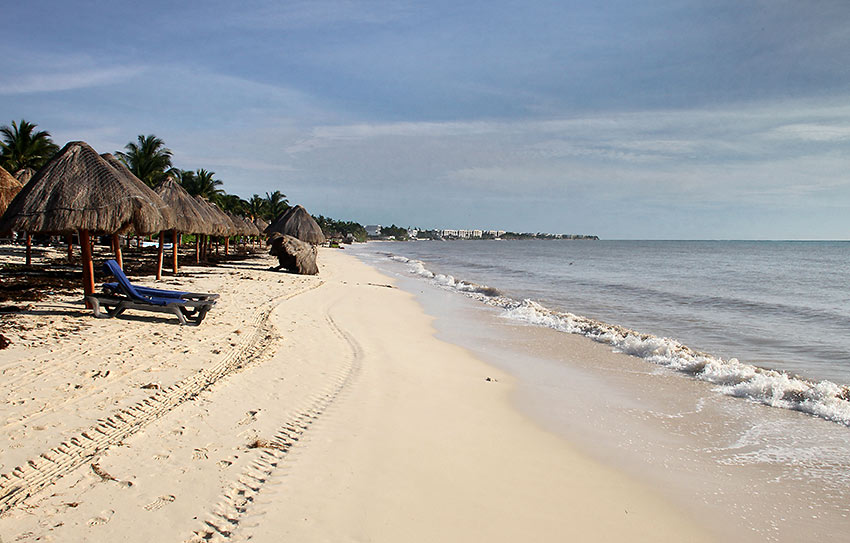
The trip officially commenced in Cancun on the eastern shore of the Yucatán. Once a sleepy jungle village a mere 20-years ago, today it is the most popular tourist resort in Mexico. With its coastline dubbed the Riviera Maya, I could see there were many beach experiences available, but this was not that type of trip. More importantly, we had something on our agenda that almost defies description – lunch in a restaurant actually situated inside a massive subterranean cavern.
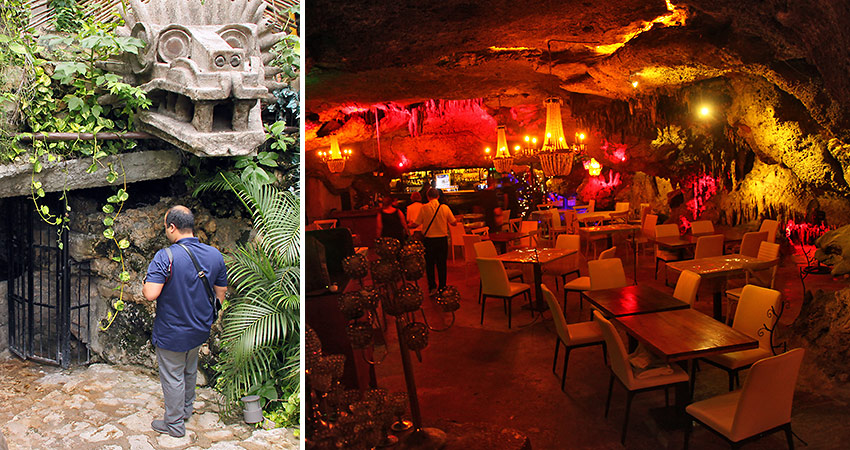
Negotiating our way down a flight of stairs to the opening of the chamber was akin to entering a new world. Despite Alux Restaurant ‘s (Aloosh) rugged venue, we were received with fine attention, candlelit tables and local gourmet food, with the caves decorated by mother nature’s stalactites and stalagmites. If this is where life begins, I was off to a good start.
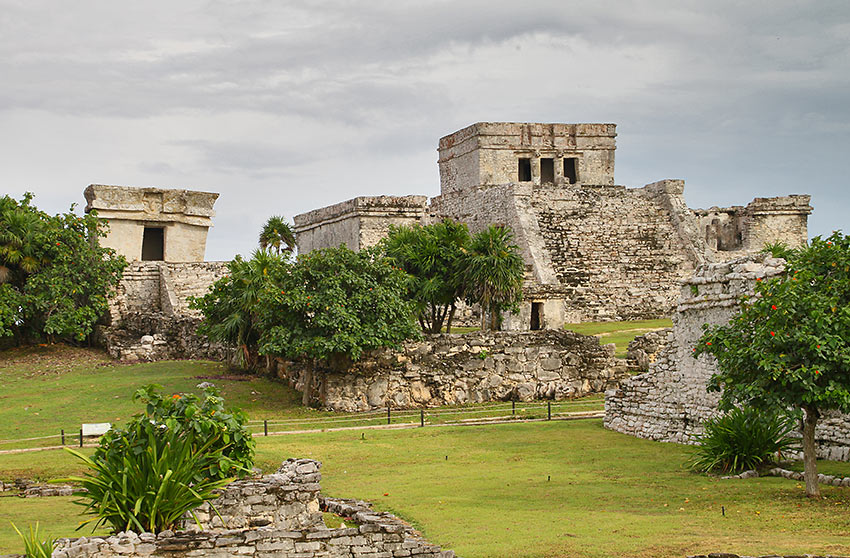
Next stop was the Maya city of Tulum, built during the decline of the Maya civilization as a port city for trade. It’s been spruced up in the last ten years with a new entrance and wide expanses of green grass – and no more climbing on the ruins. With its position on 39 ft tall cliffs, Tulum still make a striking image today.
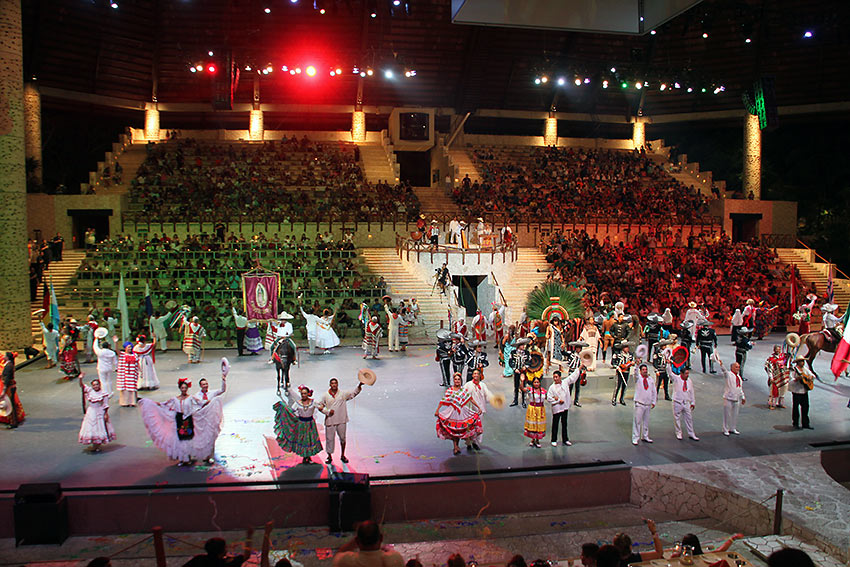
Xcaret features more than 50 natural and cultural attractions devoted to Mexico. The centerpiece of the park is the Xcaret México Espectacular show, where we dined while taking a trip through the history of Mexico from pre-Hispanic times to the present day at the gigantic stage of the Gran Tlachco Theater. More than 300 actors and artists in period costumes were on display, complete with live musicians and singers, representing the history, legends and traditional dances from the different cultural regions of Mexico. There were even a couple of ball games which were quite thrilling. My personal favorite, though, was a simple duet between a Maya playing a wooden flute and a Spaniard strumming a guitar, which illustrated the melding of cultures of the Old World to the New World of the Americas.
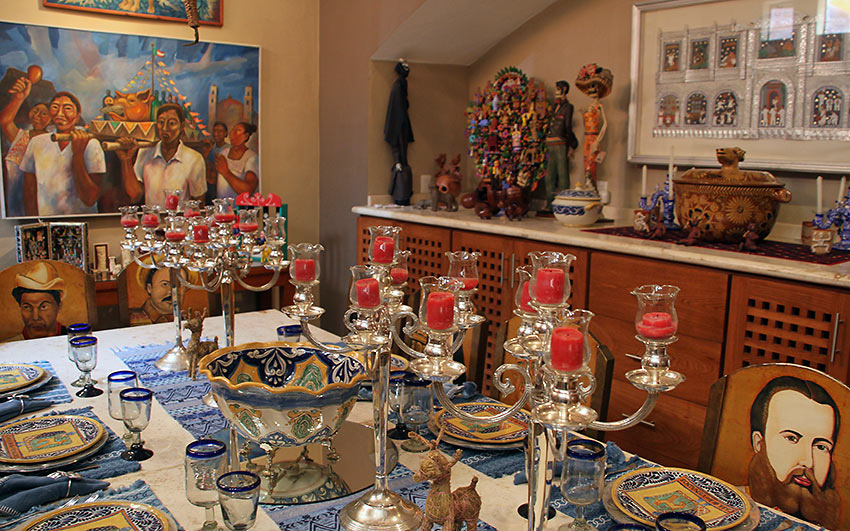
Our luxury coach cruised through the heartland of the Yucatán Peninsula on a modern highway with the humid jungle’s tropical flowers and trees on each side. First stop was the colonial city of Valladolid. We toured Casa de los Venados, the home of U.S. expats John and Dorianne Venator, who repurposed the property to showcase their vast collection of Mexican art and artifacts. The museum was designed to keep Maya heritage alive, particularly for the young.
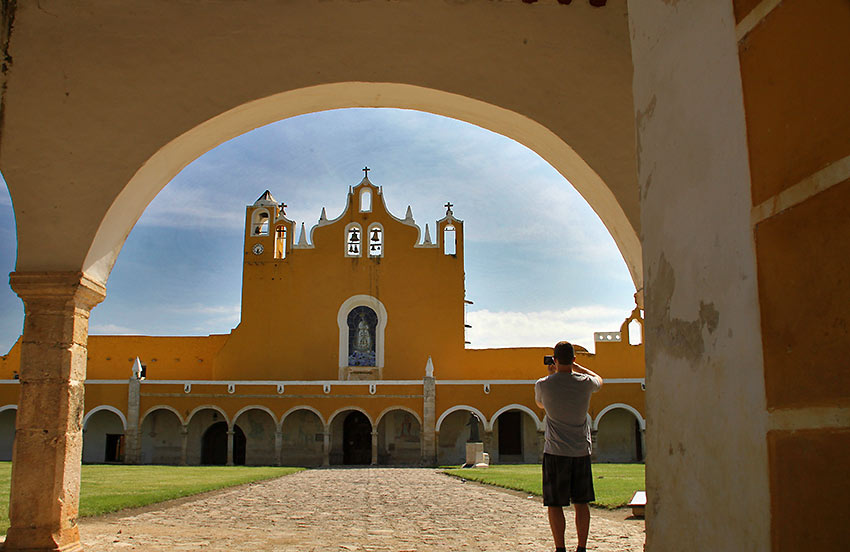
The ‘Yellow City’ of Izamal is considered one of Mexico’s 35 magical cities. Virtually all of its buildings are all painted golden-yellow, a manifestation of the Maya Sun God. The monastery was built on an enormous Maya pyramid, once the tallest in the Yucatán. In 1963, preaching in Spanish from that very monastery, a sombrero and serape-clad Pope John Paul II issued these words: “I ask for your pardon for what we did to the indigenous peoples in the name of the cross.” It was the first time the Vatican had ever apologized for their injustices. This enthralled the populace who decided to keep Izamal yellow forever, which today is often referred to as ‘Vatican Yellow,’ as a gesture to the papacy.
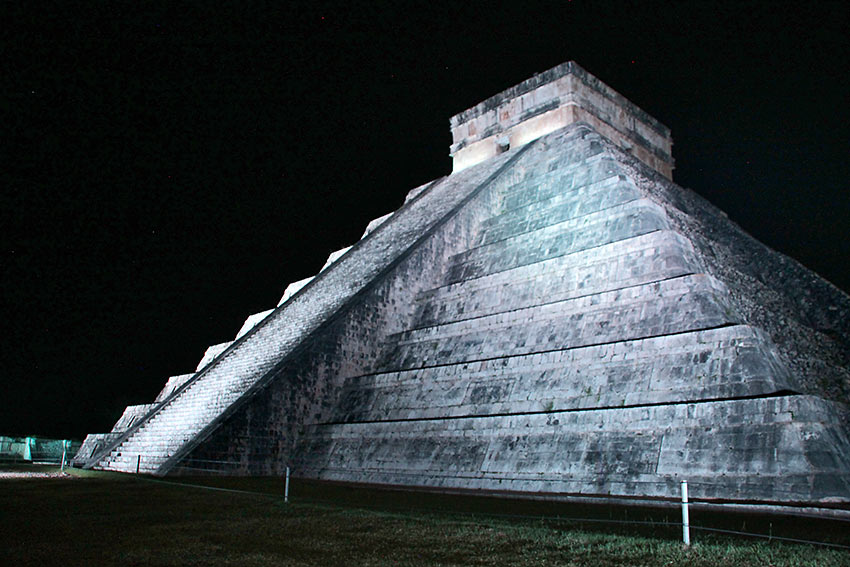
The afternoon ended in what many of us considered the highlight of the safari; an exploration of the sacred site of Chichen Itza. Built at the peak of the Maya classical period over 1,000 years ago, it is one of the greatest Maya cities of the Yucatán Peninsula. We bumped around on foot in the night, soon to be confronted with the entire city shrouded in brilliant lights. Several buildings have survived the ravages of time, such as the Warriors’ Temple, the stunning El Castillo pyramid built over a sacred sinkhole, and the circular observatory known as El Caracol. There was even a full length ball court, where players could only use their upper torso in an attempt to aim a rubber ball into a concrete basket. When a team miraculously succeeded in actually projecting the ball into the concrete hole, the game was pretty much over. The evening at Chichen Itza ended with a Sound and Light Show projected on El Castillo.
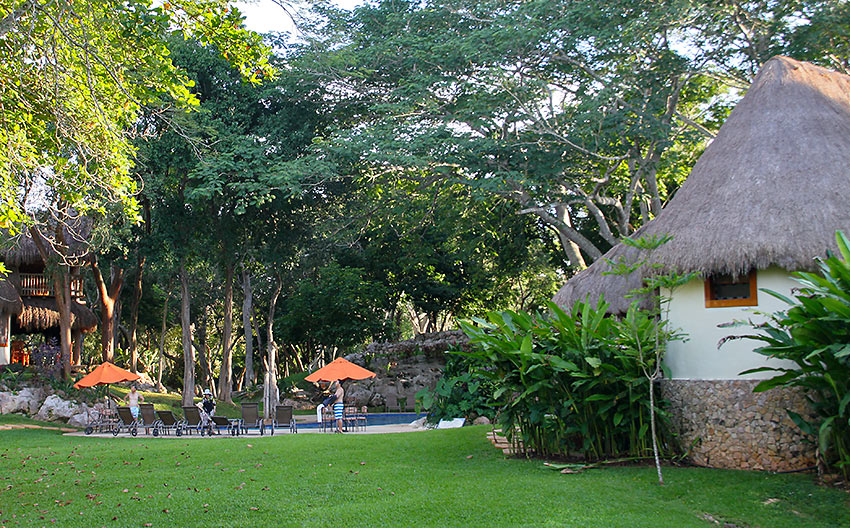
The next morning (5:30 a.m. to be exact) it was back to Chichen Itza in the dark to witness the rising sun blessing El Castillo. It was well worth washing the sleep from your eyes.
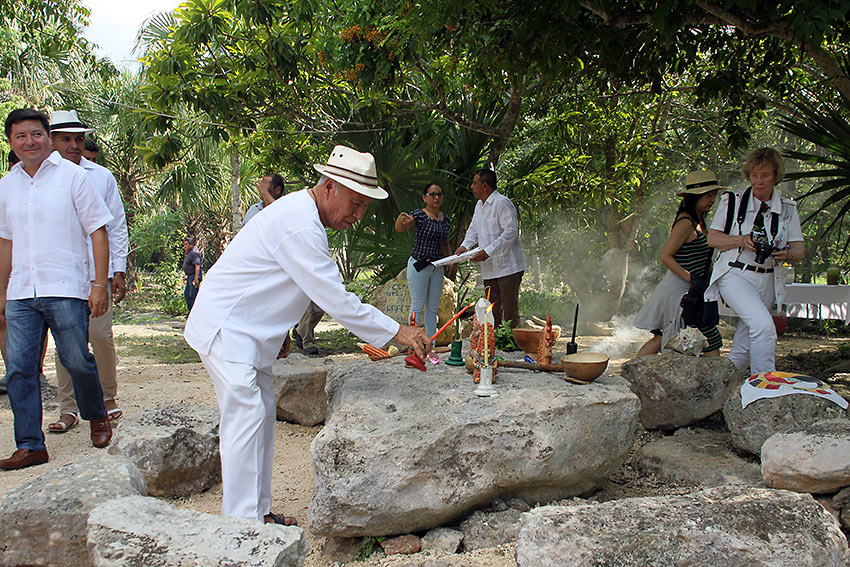
We were treated like the British royal family with a police escort leading our coach through the unassuming Maya town of Nolo, population 1,459. Our destination was the site of a purification ritual, conducted by a real Maya shaman. Seemingly the whole town was at the site to greet us, which included speeches by the mayor and other dignitaries. The purification ritual began by drinking a glass of an undisclosed liquid. This was followed by a long Yucatec Maya prayer by the shaman, who then anointed us with splashes of sacred water. Our group was completely mesmerized by the experience, and it was hard to get back on the coach.
This was another destination that VCL created as a tourist component, which will improve the town’s infrastructure. They’re also helping Nolo by supporting their artisans by purchasing their products to sell on the VCL’s vessels, as well as donations to a local rice water factory for disabled workers.
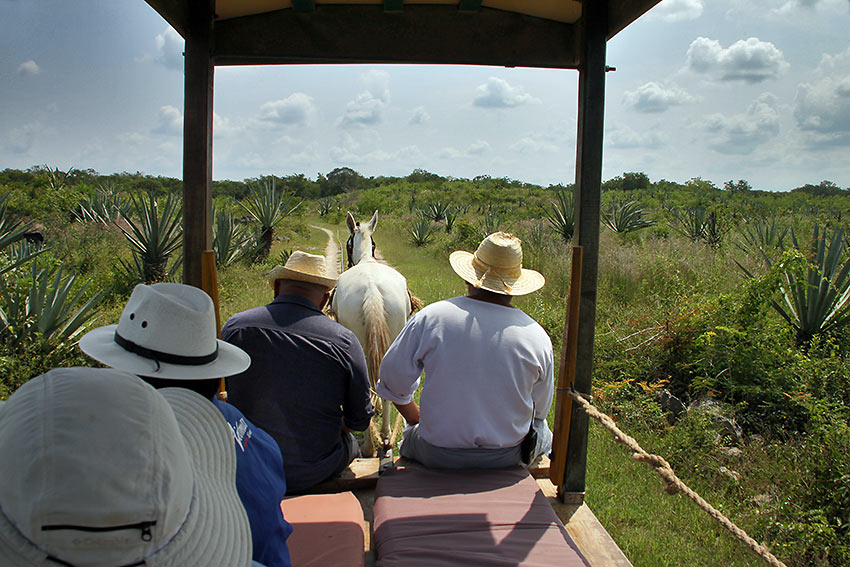
Sotuta de Peon is the last working hacienda in the Yucatán where the branches of Agave sisalana, a species of agave native to southern Mexico, are made into sisal, once the source for rope used all over the world. With the invention of plastic all but one of the haciendas died. Today Sotuta de Peon still makes rope and twine as well as paper, cloth, footwear, hats, bags, carpets and hammocks.
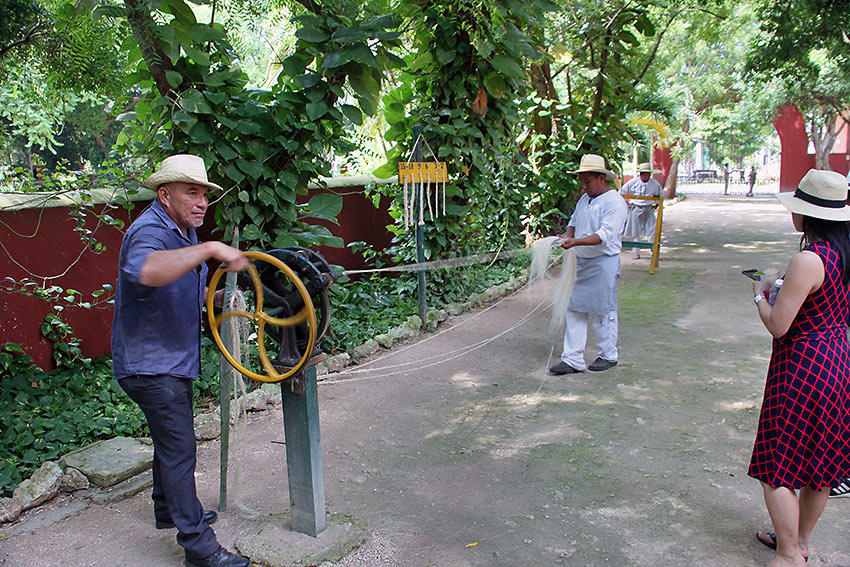
Agro-tourism also supplements the hacienda’s income, where guests can stay in modern cottages and experience the past glory days of affluence on a real working hacienda. Agave sisalana is a different species than Agave tequilana (agave azul or blue agave), used in the production of tequila, made primarily in the area surrounding the city of Tequila, northwest of Guadalajara.
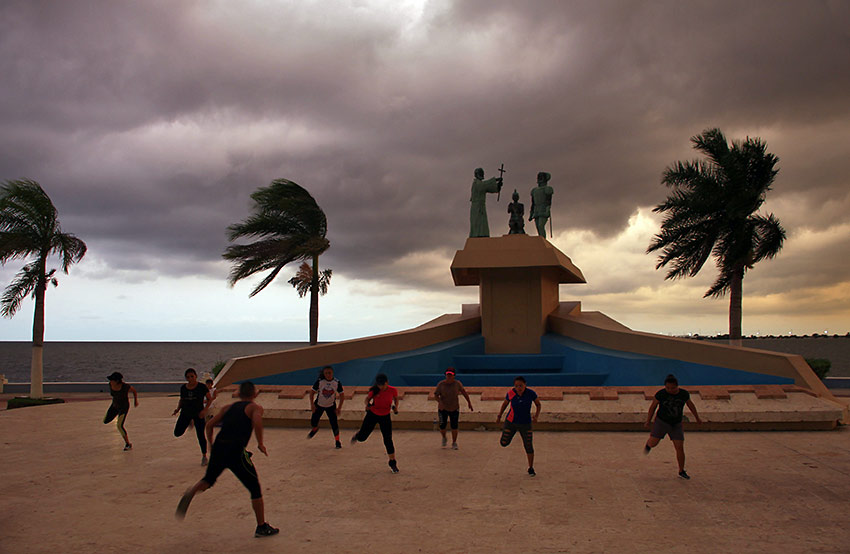
The walled city of Campeche is one of the most beautiful Spanish colonial capitals in Mexico. UNESCO named it a model of colonial baroque city planning, and it joined the list of World Heritage Sites in 1999. It’s a remarkably preserved 17th-century port town is spread along the Gulf of Mexico with idyllic beaches, a malecón (boardwalk), historic fishing docks and an active market.
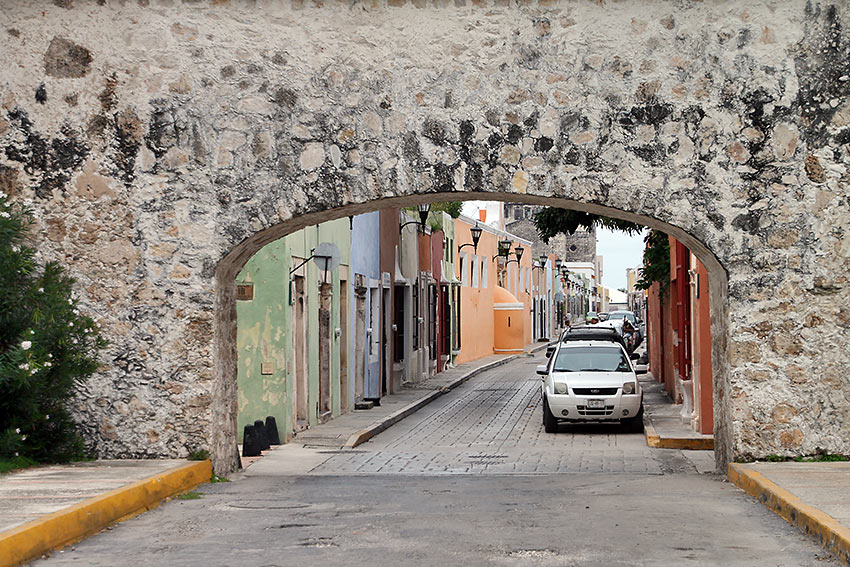
Its walled city center was built for protection primarily from pirates. Inside you’ll find almost a fairy tale enclave of restored pastel buildings, magnificent cathedrals, pristine cobblestone streets, fortified ramparts and well-preserved mansions. The modern-day forward-thinking city fathers actually added street signs in Braille and a slightly protruding iron trail on the sidewalks for the sightless to follow.
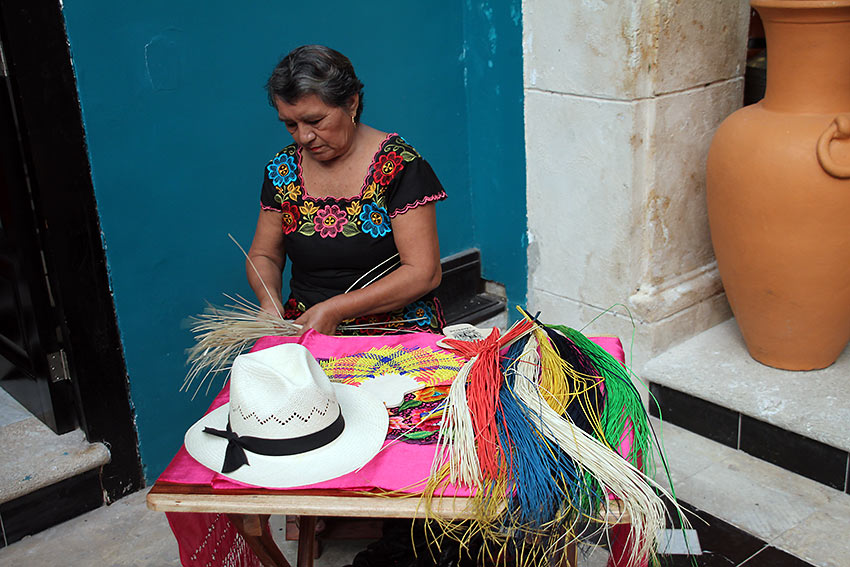
The walled city center is also the place to shop for locally made products such as traditional clothing, hammocks, Panama hats and food products. I stopped at a store which displayed how the cacao bean (Mexico’s gift to the world) was made into a non-sweetened chocolate beverage, which the Maya considered an antioxidant. It was so valuable that it was actually used as currency. The noble would have the bean placed over their eyes at death, much like the ancient Greeks did with coins.
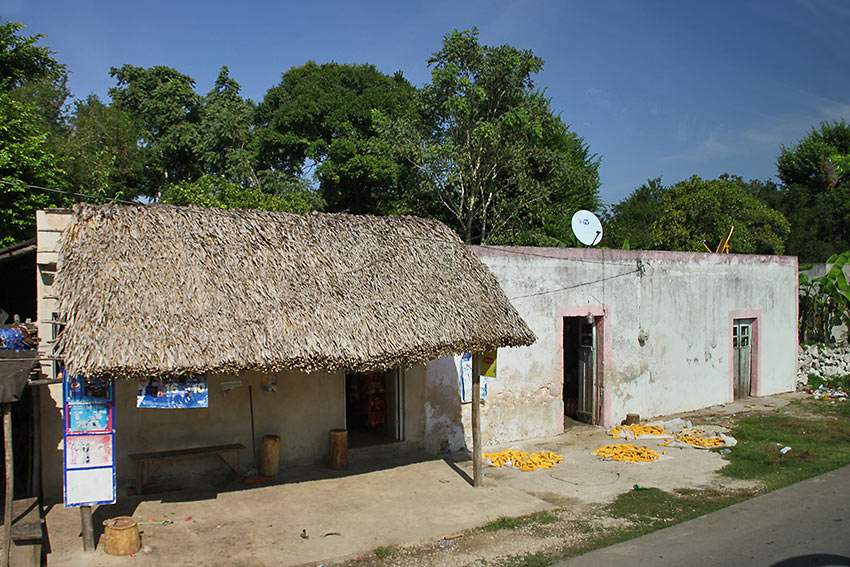
Maize was the central food in the Maya diet, along with vegetables such as beans, squash and chili peppers. Avocados, tomatoes and a wide variety of fruit were also consumed. Mexican Turkey is the only domesticated animal indigenous to the area.
As my exploration ended, I wondered why the entire Yucatán Peninsula itself was not considered one of the new seven wonders of the world. I did know I would return to the Yucatán often.
